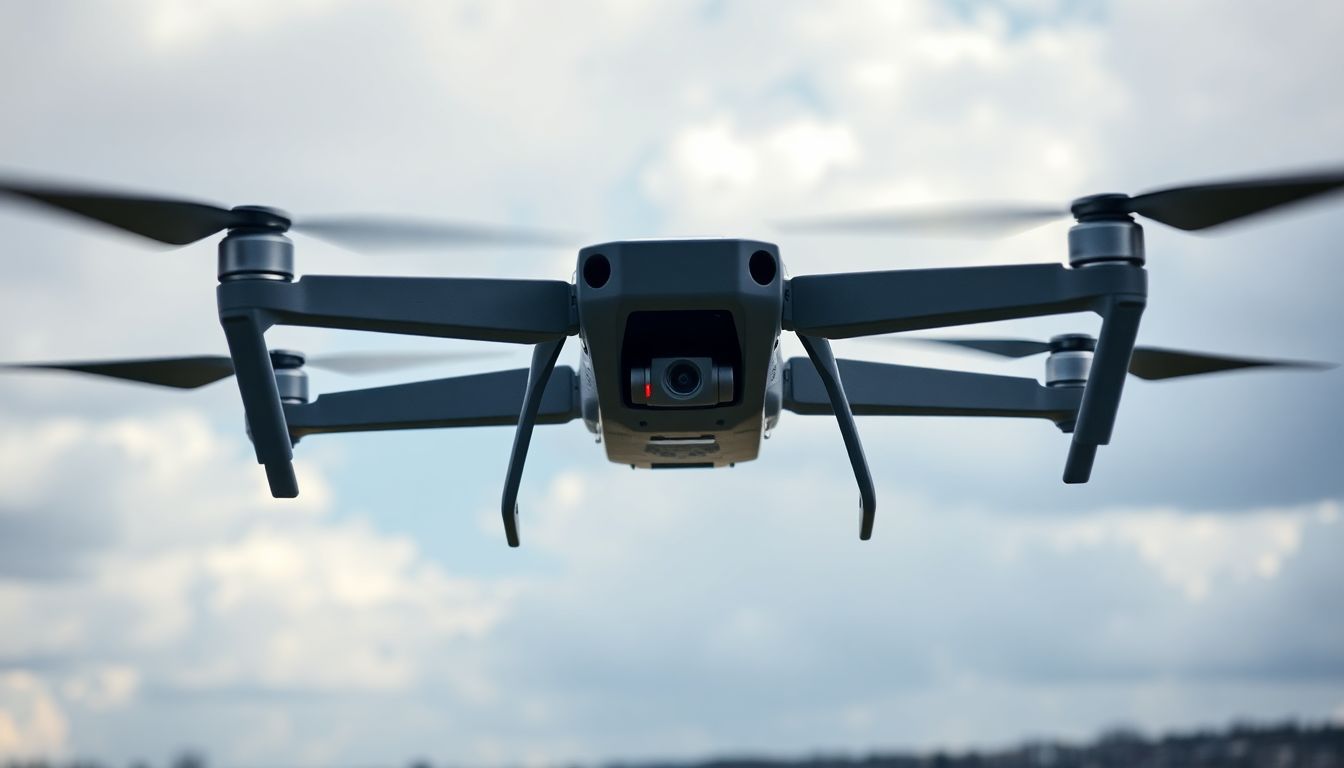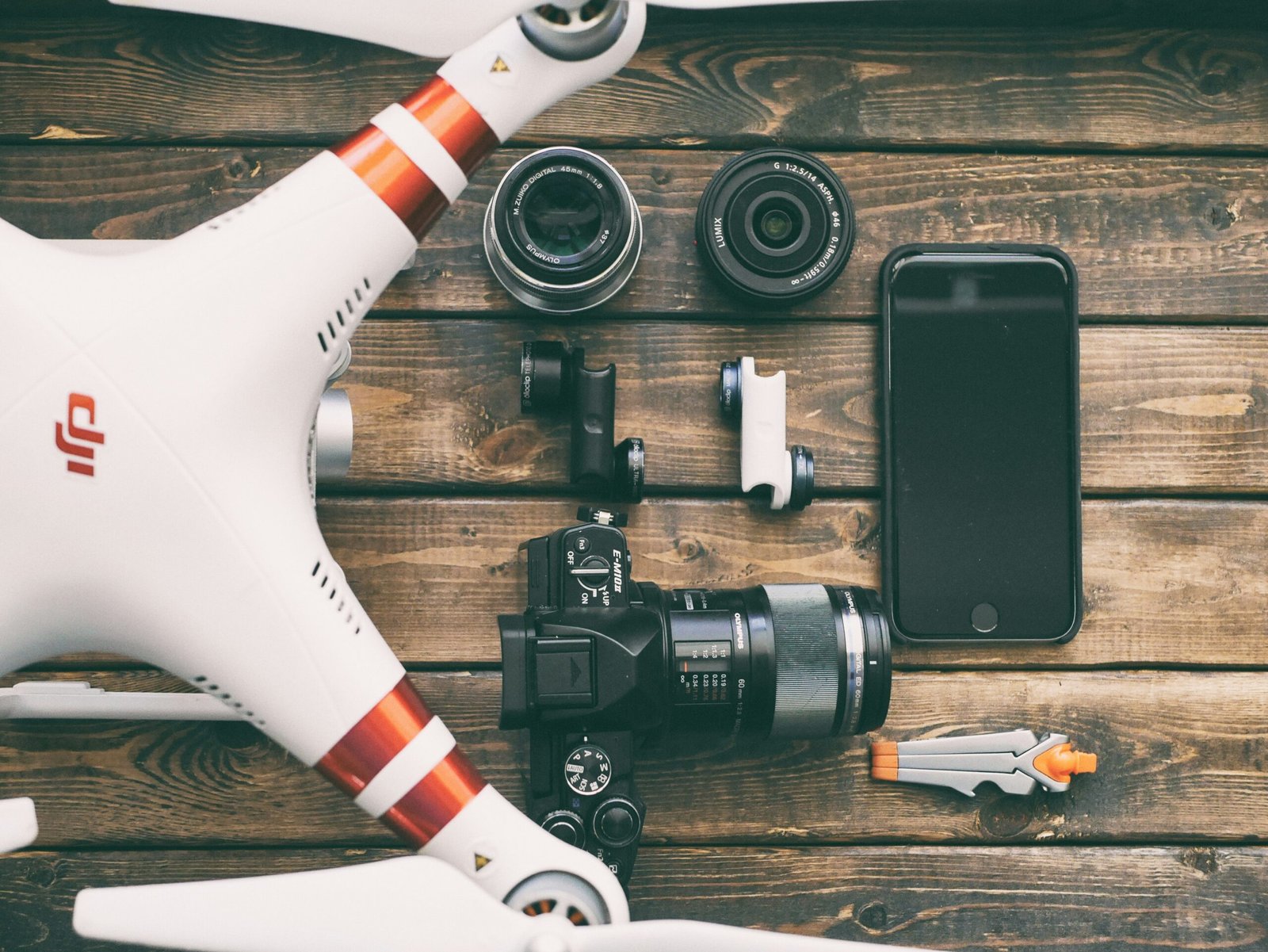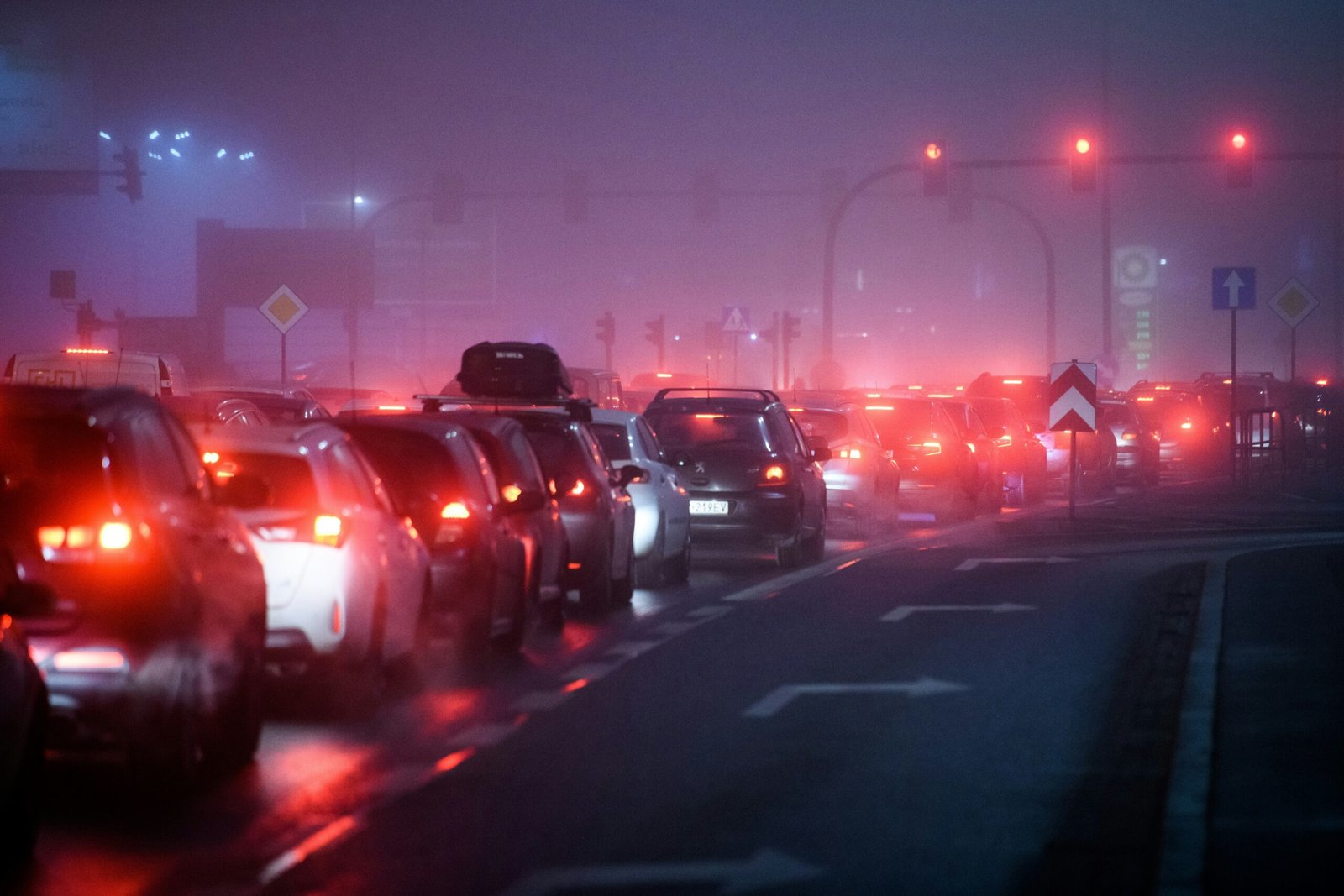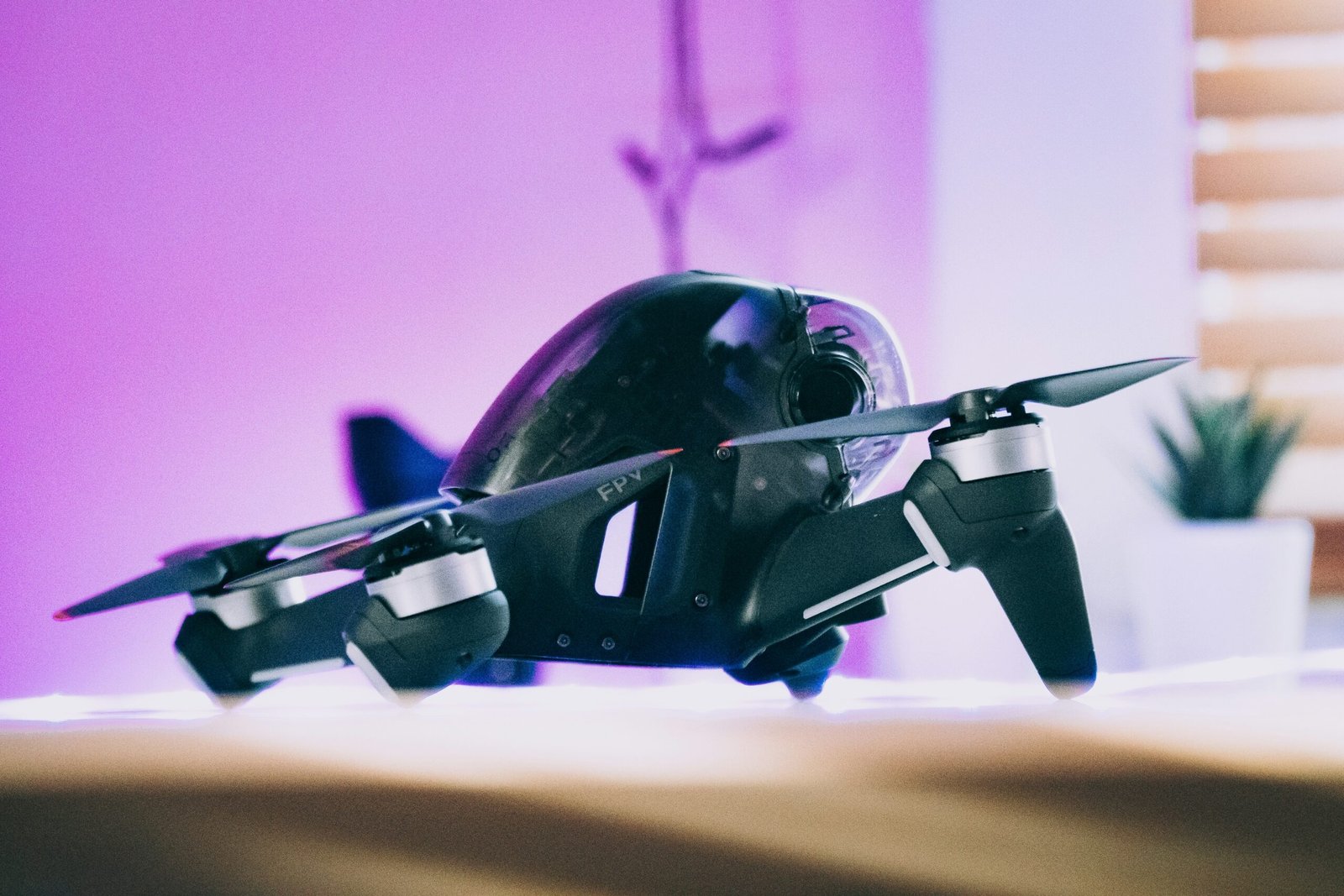
Conquer the Skies: Mastering Drone Flight in Variable Weather
Weather can make or break a drone flight. Imagine planning the perfect aerial shot, only to have strong winds or sudden rain ruin everything. Understanding weather conditions is crucial for every drone pilot. This article offers practical tips for flying drones safely and effectively in different weather scenarios.
Flying in Windy Conditions
Understanding Wind Speed and Direction

Wind can seriously impact drone performance. Studies show that drones can get damaged or even crash in winds exceeding 20 mph. Knowing wind speed and direction is vital for safe flying.
Drone Stability and Wind Resistance
Different drones handle wind differently. For instance, larger drones, like the DJI Matrice series, often withstand high winds better than smaller, lightweight models. Choosing a drone designed for wind resistance can keep your flight smooth.
Flight Techniques for Windy Conditions
- Adjust Flight Parameters: Set your drone to fly at lower altitudes where winds are less intense.
- Utilize Windbreaks: Use trees or buildings to shield your drone from strong gusts.
- Choose Optimal Flight Times: Early mornings or late afternoons usually have calmer winds.
Navigating Rain and Precipitation
Water Resistance and Drone Protection
A waterproof drone is a worthy investment. A significant percentage of drone damage—up to 25%—is due to water exposure. Using protective gear can save your equipment.
Flight Considerations in Rain
Rain affects visibility and can cause electrical issues. Water can also interfere with sensors, leading to inaccurate readings. When flying in rain, be cautious and limit your flight time.
Post-Flight Care After Rain Exposure
- Remove the Battery: Take out the battery immediately after landing.
- Wipe Down: Use a soft cloth to dry the drone’s exterior.
- Allow to Air Dry: Place the drone in a dry area to ensure all water evaporates.
Flying in High Temperatures
Battery Performance in Heat
High temperatures can reduce battery life significantly. Research indicates that lithium-ion batteries can lose 20% of their performance at temperatures above 95°F.
Sun Exposure and Drone Components
Sunlight can heat up drone components like cameras and electronics, causing overheating.
Heat Mitigation Strategies
- Find Shade: Look for shaded areas to take off and land.
- Use Cooling Fans: Portable fans can help keep the drone cool during long flights.
- Plan Flights for Cooler Times: Early mornings or late evenings are usually cooler.
Low-Temperature Drone Operation
Battery Performance in Cold Weather
Cold weather can also harm battery performance. A study shows that drones may lose up to 30% of battery life in freezing conditions. Understanding this can help you plan longer flights.
Cold Weather Precautions
- Preheat Batteries: Warm up batteries before flying to improve performance.
- Insulate the Drone: Use covers or insulation to keep the drone warm while not in use.
Avoiding Condensation
Condensation can form when moving a cold drone to a warmer environment. To prevent this, let the drone acclimate before use.
Flying in Fog and Low Visibility
Visibility Limitations and Safety
Maintaining visual line of sight (VLOS) is essential. In fog or low visibility, you may be legally required to avoid flying.
Utilizing Advanced Features
Leverage GPS, obstacle avoidance, and return-to-home features to enhance safety in low visibility. These tools aid navigation even when you can’t see clearly.
Alternative Flight Options
Sometimes, the best choice is to postpone your flight or switch locations. Safety should always come first.
Dealing with Unexpected Weather Changes
Real-Time Weather Monitoring
Utilize weather apps like Weather Underground or NOAA to stay updated. Real-time forecasts keep you informed of sudden changes.
Emergency Procedures
- Safe Landing: In unexpected weather, know safe landing techniques.
- Battery Management: Ensure you have enough battery for a quick return.
Adaptability and Decision-Making
Flexibility is key. Adjust your plan based on real-time weather conditions to keep flights safe.
Conclusion
Being aware of weather conditions can make a huge difference. From managing wind and rain to handling temperature extremes, these tips can help ensure safe drone flights. Always prioritize safety and responsible piloting, regardless of the weather. Fly smart and enjoy conquering the skies!
Internal link:- ragdi








